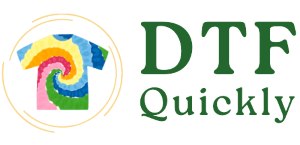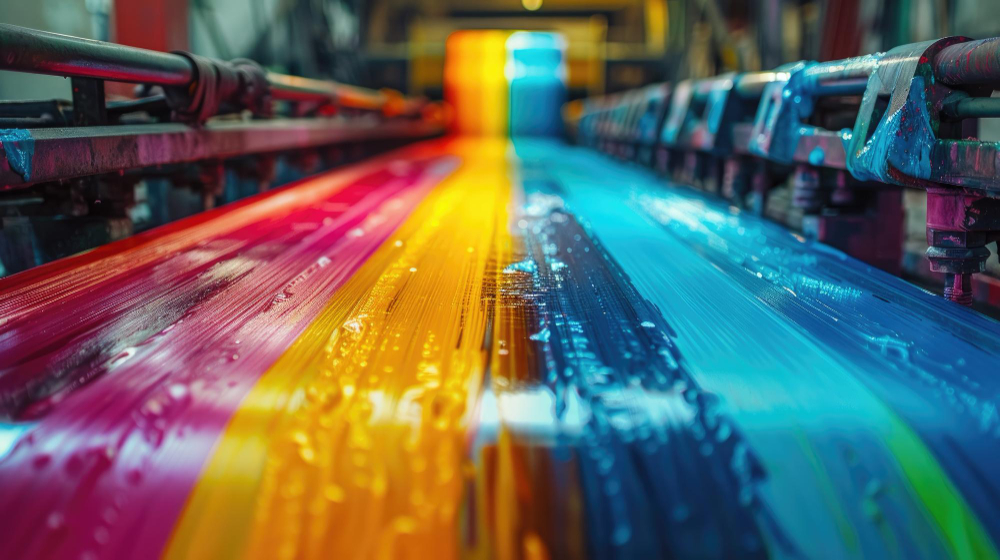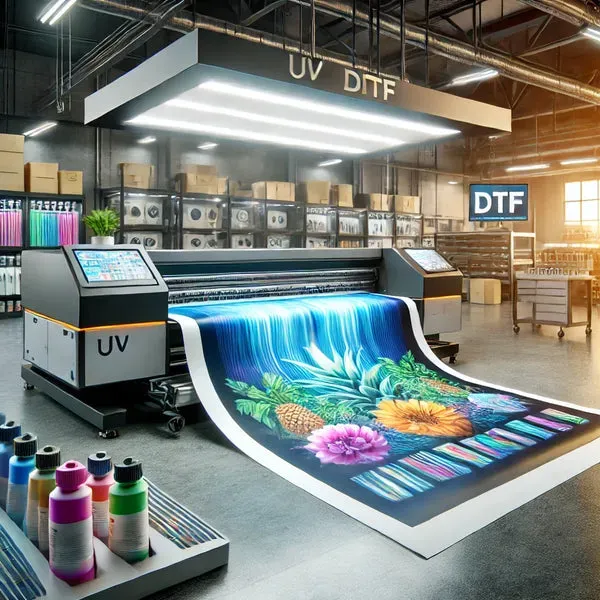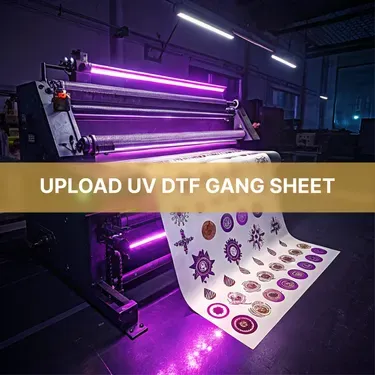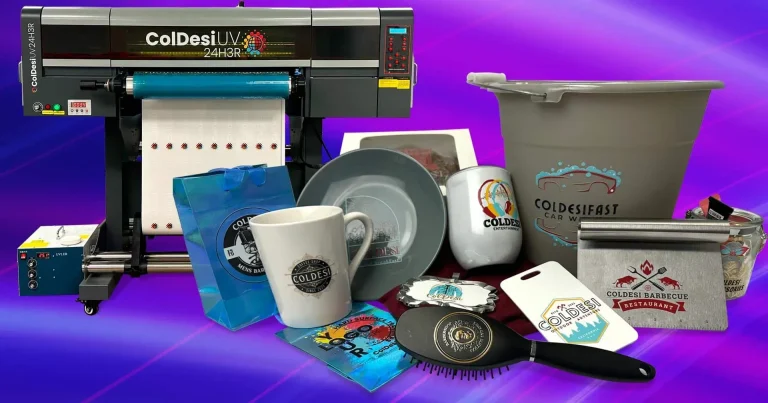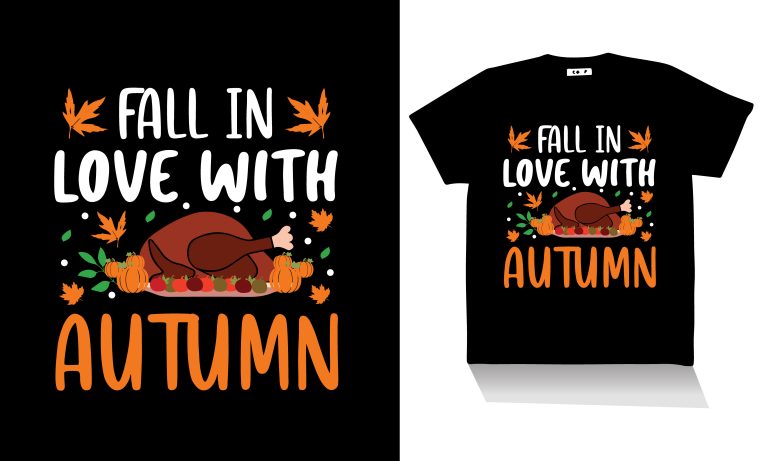UV DTF Printing: The Ultimate Comparison with Traditional Methods
In the rapidly innovating landscape of printing technology, UV DTF printing stands out as a transformative option for businesses seeking high-quality visuals and efficiency. Unlike traditional printing methods such as screen and direct-to-garment printing, UV DTF allows for vibrant designs to be printed directly onto specialized films, which are then cured instantly using ultraviolet light. This process not only enhances the color saturation and detail of prints but also significantly reduces production time, a crucial factor in today’s fast-paced market. As industries increasingly prioritize eco-friendly printing options, UV DTF printing emerges as a sustainable choice that minimizes waste and maximizes creative possibilities. Understanding the nuances of this technology in comparison with conventional printing methods can empower businesses to make informed decisions that align with their production needs and sustainability goals.
Revolutionizing the way we think about printing, UV DTF printing—often referred to as ultraviolet direct-to-film printing—offers a fresh approach compared to classic techniques. As we investigate alternatives like direct-to-garment printing and screen printing techniques, it’s clear that each method has distinct advantages and limitations. Whether it’s about enhancing color accuracy or adapting to various substrates, UV DTF provides a modern alternative that is becoming increasingly popular among businesses. This discussion aims to highlight how this cutting-edge printing technology stacks up against more traditional options, providing a thorough printing technology comparison for anyone looking to improve their production efficiency. The future of printing promises exciting advancements, and understanding these emerging technologies is vital for staying ahead in the competitive landscape.
Exploring the Benefits of UV DTF Printing
UV DTF printing stands out for its ability to deliver high-quality, vibrant prints with exceptional detail. By utilizing ultraviolet light for curing the ink, it offers a unique combination of fast turnaround times and lower setup costs, making it an excellent choice for businesses looking to maximize efficiency. This method allows for the production of intricate designs that can seamlessly transition across a wide array of substrates, from textiles to hard surfaces like plastics and metals.
Moreover, UV DTF printing enhances the creative potential for designers and brands alike. The precision in detail it offers can elevate a product’s appeal, especially in competitive markets. Additionally, the technology minimizes waste by enabling print-on-demand capabilities, which is particularly beneficial for smaller businesses or personalized items. As sustainability becomes a key consideration in modern manufacturing, UV DTF printers often utilize eco-friendly inks that reduce environmental impact, making them an attractive option for conscientious brands.
Traditional Printing Methods: Strengths and Limitations
Traditional printing methods like screen printing and direct-to-garment (DTG) printing have long been industry standards, known for their own set of strengths. Screen printing, for example, is unbeatable when it comes to producing bold, saturated colors, particularly on fabrics. This method is highly effective for large production runs, where the cost per item decreases significantly. However, its limitations become evident when dealing with intricate designs or small batches, where the setup time and costs can outweigh the benefits.
DTG printing, on the other hand, excels at high-quality prints for smaller orders or complex designs. While it allows for vibrant artwork, it tends to be slower than newer technologies. Additionally, the reliance on specialized inks may result in environmental considerations that some businesses prefer to avoid. As traditional methods continue to evolve, they must compete with innovative solutions like UV DTF that promise both quality and efficiency, emphasizing the need for businesses to weigh their options carefully.
Comparative Analysis of Speed and Efficiency
One of the fundamental advantages of UV DTF printing is its speed and efficiency. The ability to print and cure in a single step drastically cuts down on production time, allowing businesses to meet tight deadlines without sacrificing quality. Reports indicate that companies employing UV DTF technology are capable of processing orders significantly faster than those using traditional printing methods, which often involve multiple steps and extensive preparation.
In contrast, traditional printing techniques like screen printing require meticulous setup processes, including screen creation and color separation, which can prolong the overall production time. As a result, businesses using these methods may find it challenging to respond quickly to market demands, particularly for smaller or custom orders that require swift turnaround. This disparity in efficiency underscores the value of modern innovations like UV DTF printing in optimizing production workflows.
Cost-Effectiveness: UV DTF vs. Traditional Printing
When it comes to cost-effectiveness, UV DTF printing often presents a more accessible entry point for businesses compared to traditional printing methods that require significant initial investments. With lower equipment costs and the ability to fulfill orders on-demand, UV DTF technology reduces the risk of overproduction and maximizes flexibility in pricing. This makes it especially appealing for small to medium-sized enterprises that need to manage budgets carefully while still offering high-quality products.
On the other hand, traditional printing methods may achieve lower costs per unit for bulk orders, yet these savings can diminish significantly for smaller batches that necessitate extensive setup time and resources. For businesses that prioritize customization and personalized products, the efficiency of low-volume printing using UV DTF becomes a compelling advantage, revealing a new dimension in cost-sensitive production strategies.
Quality and Versatility in Printing Technologies
UV DTF printing is lauded for its remarkable quality, able to produce high-resolution images that stand out in terms of vibrancy and detail. This technology allows for printing on various substrates, expanding creative possibilities greatly. Businesses can utilize UV DTF to produce unique items without sacrificing color accuracy or durability. As consumers increasingly demand personalized and distinctive products, the versatility of this printing method positions it as a preferred choice.
Conversely, traditional methods like screen printing maintain their value in particular applications, especially when it comes to mass-producing durable garments. However, they often fall short when faced with highly detailed or multi-colored graphics. The limited substrate compatibility of some traditional techniques can also restrict creative expression. As businesses explore their printing options, the clear quality and versatility offered by UV DTF print technology provide an important advantage in meeting diverse customer needs.
The Environmental Impact of Modern Printing Techniques
In an era where sustainability is paramount, UV DTF printing presents itself as an environmentally responsible choice thanks to its use of eco-friendly inks and lower waste production. While some concerns regarding the energy consumption of UV lamps exist, the overall environmental footprint is often significantly less than that associated with traditional methods, particularly those utilizing solvent-based inks that emit harmful volatile organic compounds (VOCs). This focus on sustainability aligns with consumer expectations for greener products.
Traditional printing techniques, such as screen printing, are gradually adopting more eco-friendly practices; nevertheless, they still face challenges due to the waste generated in the preparation process. Understanding the environmental implications of printing choices is essential for businesses aiming to cater to environmentally conscious consumers. By opting for UV DTF printing, companies can ensure they leverage modern technology not only for efficiency and quality but also for a commitment to sustainability in their operations.
Frequently Asked Questions
What is UV DTF printing and how does it compare to traditional printing methods?
UV DTF printing is a modern technique that cures ink with ultraviolet light on specialized film, producing highly detailed and vibrant graphics. Compared to traditional printing methods like screen printing and direct-to-garment (DTG) printing, UV DTF offers faster processing times and the ability to print on a wider variety of substrates.
How does UV DTF printing enhance the quality of designs over traditional printing methods?
One of the standout features of UV DTF printing is its ability to produce high-resolution images with vivid colors and intricate details. Unlike traditional methods such as screen printing, which can struggle with complex designs, UV DTF excels in versatility and quality, allowing for impressive prints on diverse materials.
Is UV DTF printing more cost-effective than traditional printing techniques?
Yes, UV DTF printing can be more cost-effective, especially for short runs and on-demand printing. While traditional methods often require extensive setup and may incur higher costs per item for smaller orders, UV DTF minimizes waste and reduces initial equipment costs.
How does UV DTF printing contribute to eco-friendly printing options?
UV DTF printing utilizes eco-friendly inks that produce less waste than many traditional printing methods, such as screen printing. Though UV lamps consume energy, the overall environmental impact is lower compared to solvent-based inks that release volatile organic compounds (VOCs) often used in older printing techniques.
What are the main advantages of UV DTF printing in a printing technology comparison?
In a comparison of printing technologies, UV DTF printing stands out for its speed, quality, and versatility. It offers rapid turnaround times, allowing for quick fulfillment of diverse printing needs, and excels in producing vibrant prints on various substrates, unlike many traditional printing options.
Are there specific applications where traditional printing methods outperform UV DTF printing?
While UV DTF printing is highly versatile, traditional methods like screen printing can be more beneficial in large-scale production scenarios due to their lower per-item costs. Additionally, screen printing techniques are recognized for their durability on fabrics, making them suitable for specific garment production needs.
| Key Aspects | UV DTF Printing | Traditional Printing Methods |
|---|---|---|
| Definition | Uses UV light to cure ink on specialized film, resulting in vivid graphics. | Includes screen printing and direct-to-garment printing, known for bulk orders. |
| Speed | Fast printing and curing in one step, leading to quick order fulfillment. | Slower due to setup time and multiple processes like color separation. |
| Cost-Effectiveness | Lower upfront costs and on-demand printing reduce waste. | Lower costs for large orders but expensive setups for smaller runs. |
| Quality | High-resolution prints on various substrates including textiles and metals. | Durable prints on fabric but limited in handling intricate designs. |
| Environmental Impact | Uses eco-friendly inks and generates less waste overall. | Higher waste levels and often utilizes solvent-based inks with VOCs. |
Summary
UV DTF printing represents a modern leap in printing technology, providing significant advantages over traditional printing methods. With its capacity for rapid production, exceptional quality, and eco-friendly practices, UV DTF is a game-changer for businesses looking to enhance their printing capabilities. However, traditional printing techniques still have their merits, particularly when it comes to large-scale projects and specific fabric applications. Understanding the nuances of these technologies allows businesses to make informed decisions that align with their unique operational needs. Ultimately, blending UV DTF printing with traditional methods can offer a balanced approach, maximizing efficiency and quality in the ever-evolving landscape of printing.
